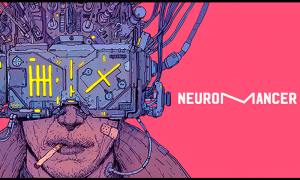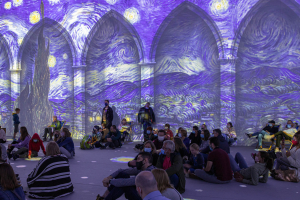
They were the end of oil, the Machine Internet, and DNA as a programming language .
Since then, there has been progress in all three areas. The pandemic, and resulting parts shortages, have delayed but won’t prevent the end of oil. You can see the Machine Internet in all the hype over 5G. The Moderna vaccine is indeed using DNA as a programming language.
Turns out there’s a 4th trend, and there may be more.

There have been hints of what’s coming for decades. The 1982 movie Tron visualized what software was doing. It turned programs into characters and the computer being compiling into its own world. This made sense because you couldn’t make a movie of a few geeks sitting behind screens. You could also find it in novels like William Gibson’s 1984 work Neuromancer, the whole concept of cyberspace as something separate from the real world. Again, watching geeks at work is not a movie.
The Metaverse combines several different Immersive Technologies I’ve seen close-up over the last year. These are trends friends and family have already gotten involved in. I saw it a few blocks from my house in the VanGogh “Immersive Experience” exhibit. https://vangoghexpo.com/atlanta/. There panels, mounted on the ceiling, displayed an introduction to VanGogh’s work that consumed all four walls, and the floor. I recognized the panels as some a friend had recently purchased on behalf of a movie technology company.

What’s lacking is that thing tying it all together, the Killer App. At the dawn of the PC era, when I started my journalism career, this turned out to be Visicalc. There’s no Visicalc in Immersive Technology yet, no single product, service or experience that makes Wall Street go “uh huh” and sets the market on fire.
The point is, there will be. There are too many people working in the same direction for there not to be. The guess of the “Gamestonk” crowd is that it will be a game, some new form of entertainment you don’t just see but move into. I don’t know if that’s true, but sometime in the next two years we’ll find out, and many industries will change utterly as a result.










